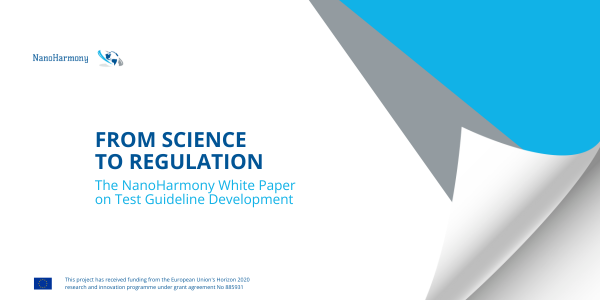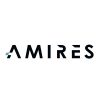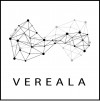
The Horizon 2020 funded NanoHarmony project is today publishing a White Paper on OECD Test Guideline development From Science to Regulation (https://nanoharmony.eu/white-paper/) International agreement on methodologies to test and characterise chemicals and advanced (nano)materials is essential to protect human health and the environment. The OECD Test Guidelines Programme helps to develop harmonised agreed methods that can be used by OECD countries to implement their relevant regulatory regimes, ensuring that chemicals and advanced (nano)materials are safe and sustainable.
However, for regulations to be effective and for manufacturers to be able to comply with regulatory requirements, the OECD Test Guidelines (TGs) need to remain up to date and fit for purpose. Using feedback from relevant stakeholders, NanoHarmony makes eight recommendations in four key areas to help improve the effectiveness of the TG development process of moving new methods from science to regulation more efficiently.
Dr. Eric Bleeker, Risk Evaluator at The National Institute for Public Health and the Environment (RIVM, Netherlands) and lead author of the NanoHarmony White Paper says, “During NanoHarmony, it became more than evident that the Test Guideline development process needs to be more effective. Over the last few years there has been great advances in the science, including developments in new and needed test methods usable for regulatory testing. But the movement of these developments through the process to become OECD Test Guidelines can be more efficient.”
Recommendations in the White Paper include:
-
A formal structure for stakeholder engagement should be established to allow a continuous early identification of required new or adapted OECD Test Guidelines.
-
OECD Member Countries should encourage universities, professional societies, industry sector bodies and other relevant stakeholders to include Test Guideline development in their curricula and training to help raise awareness of the role and importance they play in society.
-
OECD Member Countries should provide long-term, dedicated additional funding to help ensure that TGs are kept up-to-date and relevant to regulatory requirements, especially for new chemicals and materials, ensuring a prioritised and focussed approach.
All of the recommendations were recently discussed during a NanoHarmony policy meeting (https://nanoharmony.eu/2023/02/14/save-the-date-european-safety-and-sustainability-assessment-fit-for-the-future/) with relevant stakeholders including representatives of OECD, regulation and industry who agreed on the importance of their implementation. Anne Gourmelon, of the OECD Test Guidelines Programme welcomes the recommendations of the NanoHarmony White Paper: “They will be discussed with Member Countries and are an important contribution to our work in helping countries to better evaluate safety and regulate new chemicals and advanced materials.”
Dr Karin Wiench, Director, GB Product Stewardship at BASF and Chair of the Business at OECD (BIAC) Delegation to the Working Party on Manufactured Nanomaterials (WPMN) at the OECD, says “Industry benefits from the OECD Test Guidelines Programme as it allows us to bring new products to the market faster whilst complying with regulatory safety requirements. Implementing the recommendations of the NanoHarmony White Paper will help make the Test Guideline development process more efficient. This facilitates us to bring safe innovations more promptly to the market for the benefit of citizens.”
Whilst the funding for the NanoHarmony project has now ended, implementing the recommendations in the NanoHarmony White Paper will ensure more efficiency in developing new OECD Test Guidelines and allow regulations to keep pace with scientific innovations in the field of test developments and industrial innovation in new materials.



















